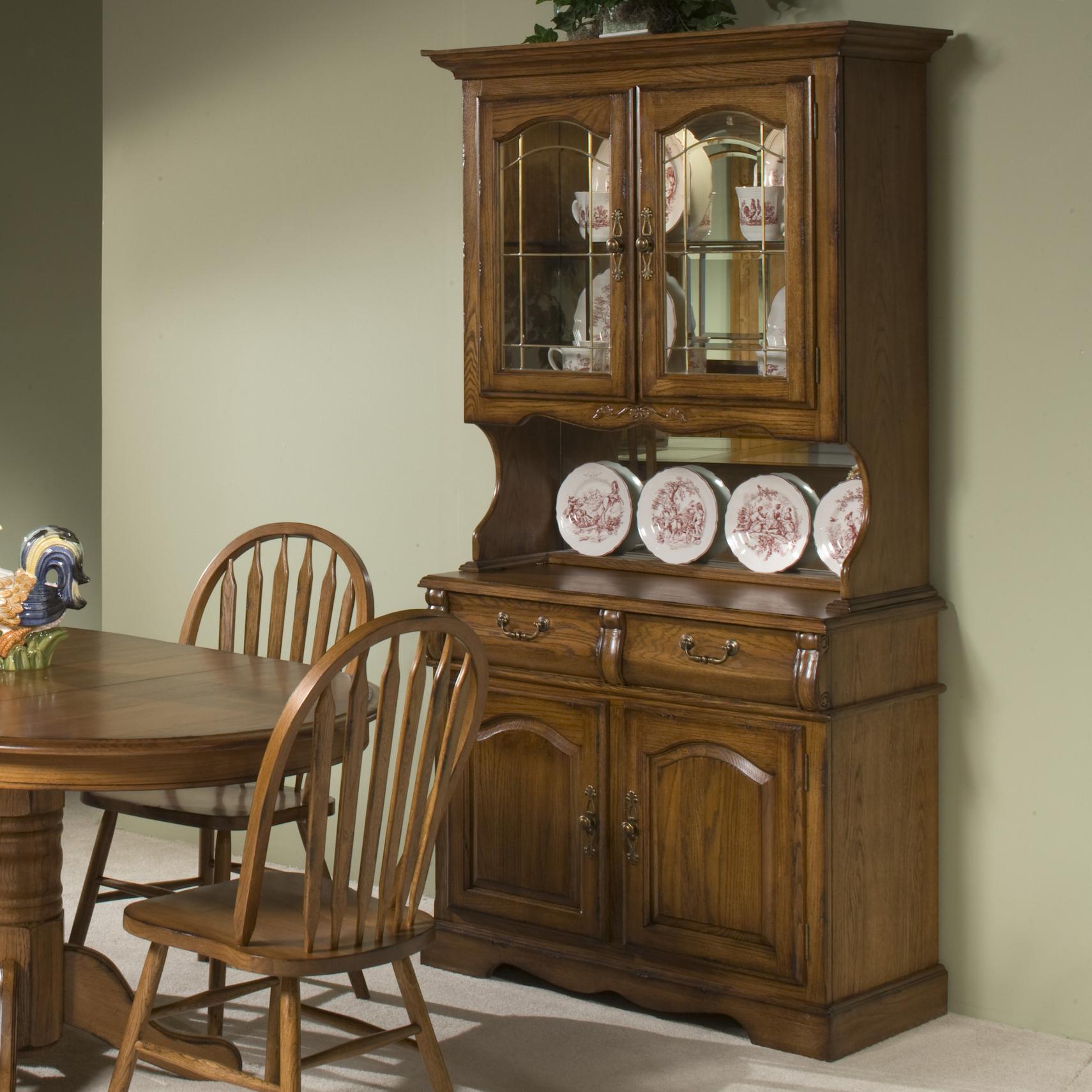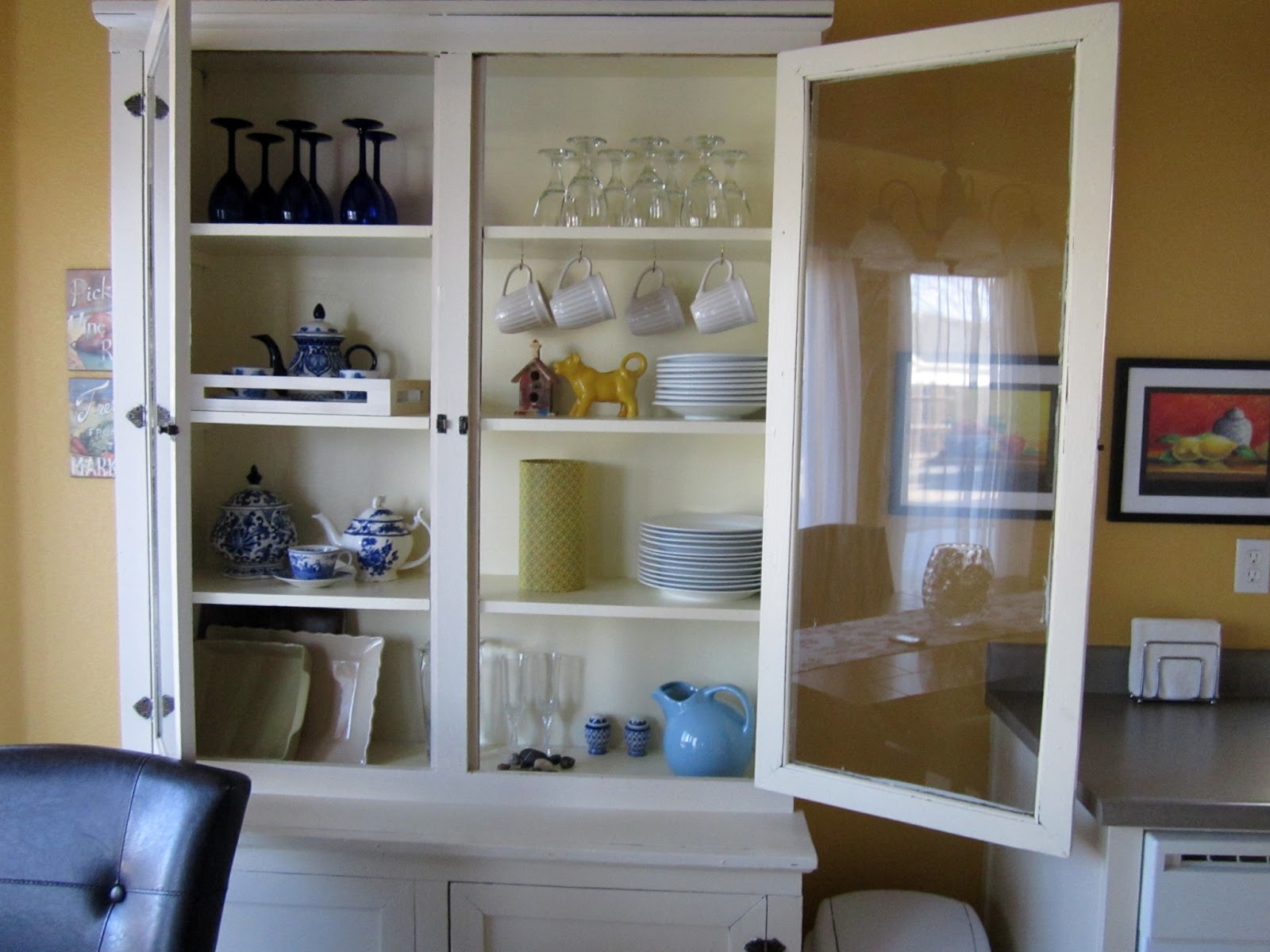Home>Ideas and Tips>Proper Storage Techniques For Fine China And Crystal


Ideas and Tips
Proper Storage Techniques For Fine China And Crystal
Modified: November 2, 2024
Learn the best practices for storing fine china and crystal to prevent damage and preserve their beauty and value for generations.
(Many of the links in this article redirect to a specific reviewed product. Your purchase of these products through affiliate links helps to generate commission for Storables.com, at no extra cost. Learn more)
Fine china and crystal are exquisite additions to any home, often reserved for special occasions and cherished for their beauty and durability. However, these delicate items require careful handling and storage to maintain their integrity and longevity. In this article, we will delve into the best practices for storing fine china and crystal, ensuring they remain in pristine condition for years to come.
Understanding the Importance of Proper Storage
Fine china and crystal are not just decorative pieces; they are valuable investments that deserve proper care. Improper storage can lead to chips, scratches, and even breakage, which can be costly to repair or replace. Moreover, these items are often passed down through generations, making their preservation a matter of family heritage.
Read more: How To Store Fine China
Deciding What to Keep and What to Store
Before you start storing your fine china and crystal, it's essential to determine how frequently you use them. If you have a set that you only use on special occasions, it might be best to store it in a safe place where it won't be disturbed often. On the other hand, frequently used tableware should be stored neatly in cupboards and kitchen cabinets for easy access.
For those pieces that you only use occasionally, consider storing them in an attic or basement. However, ensure that these areas are not prone to extreme temperatures or humidity, which can damage your fine china and crystal over time.
Assessing Your Storage Needs
When deciding how to store your fine china and crystal, consider the following factors:
- Space Availability: Assess the space you have available for storage. If you have limited space, consider using specialized tableware containers that can protect your items on all sides.
- Handling Frequency: Determine how often you will need to handle the items. If they are frequently used, it's best to store them in an easily accessible location.
- Temperature and Humidity: Avoid storing fine china and crystal in areas with extreme temperatures or high humidity, as this can cause them to crack or deteriorate.
Preparing for Storage
Before you start storing your fine china and crystal, it's crucial to prepare them properly to prevent damage during the storage period.
Wrapping Individual Pieces
Wrapping individual pieces of fine china and crystal is essential for protecting them from breakage. Use wrapping materials that provide adequate cushioning, such as:
- Bubblewrap: This provides the best protection due to its cushioning properties, making it perfect for fine china and expensive glassware.
- Paper Towels: These offer excellent cushioning and are often readily available.
- Standard Wrapping Paper: While not as protective as bubblewrap or paper towels, standard wrapping paper is a great all-around solution.
When wrapping glassware and chinaware individually, make sure to fill the insides of glasses with wrapping material to prevent breakage. Additionally, wrap pieces like teapots and serving bowls separately from their lids to prevent damage.
Using Specialized Storage Containers
Instead of stacking cups, plates, and bowls on shelves, consider using specialized china containers. These containers are designed to protect the china on all sides with strong foam or other cushioning material. They usually come in different sizes to fit dinner, salad/dessert plates, and bread plates/saucers. Most specialized storage containers also come with dividers for placing between the plates to absorb bumps and prevent chips.
For example, you can use round containers for plates or rectangular containers for cups that are divided with cardboard to create individual cubicle-like boxes for each cup so that they don’t touch each other. There are also specialized storage containers for platters and other serving pieces.
Labeling Your Containers
Labeling your storage containers is crucial for easy identification and handling. Use labels that indicate what is inside the container, such as "Fine China Plates" or "Crystal Glasses." This helps prevent confusion when retrieving items from storage and ensures that you handle the containers with care.
Avoiding Common Mistakes
When storing fine china and crystal, there are several common mistakes to avoid:
- Using Newspaper: Newspaper is often a cheap and convenient packaging material but it's not recommended for storing fine china. The ink used in newspapers can bleed onto your dishes, causing staining or damage to patterns.
- Stacking Too High: Avoid stacking dishes too high as this can result in plates getting scratched or broken if they slide. It's a good rule of thumb to stack no more than about eight plates.
- Not Using Dividers: Stacking plates without dividers increases the risk of chips and scratches. Always use dividers between plates to absorb bumps and prevent damage.
- Placing in High-Traffic Areas: Store your packed-away dishes in an area that doesn’t see a lot of traffic to reduce the odds of china being damaged while it’s stowed in the off-seasons.
Specific Storage Tips for Fine China
Fine china is particularly delicate and requires extra care when storing it.
Read more: How To Store China Without A China Cabinet
Separating One Piece from Another
Of all the steps in storing fine china, separating each piece from another is the most important. When china is stacked one upon another, the chances are much greater for chips, scratches, and nicks to occur. Use cloth dividers or specialized foam inserts between each plate to absorb bumps and protect the dishes.
Storing in Specialized Tableware Containers
Instead of stacking cups, plates, and bowls on shelves, consider using specialized china containers designed specifically for protecting dinnerware on all sides with strong foam or other cushioning material.
Keeping Away from Extreme Temperatures
Extreme temperatures can damage your fine china which is why storing them in garages or attics is usually not a good idea. The temperature changes can lead to crazing (the formation of fine cracks), discoloration, and other damage. Keep the china at room temperature in insulated rooms where there are no wide temperature swings.
Making a List of What You Have
The more china is handled, the greater the risk of breakage. Keeping a list of what you have taped to the outside of the container can tell you at a glance what is inside it and how much you have of every piece, negating the need to start counting stacks of china which can be hazardous.
Read more: How To Paint China Cabinet
Avoiding Easy or Hard-to-Reach Places
Keep dinnerware too close to the edge of a shelf or closet and it is easily knocked over. It’s also much easier for children to get a hold of. Keep it in hard-to-reach places and you’ll find yourself balancing ten pounds of heavy porcelain on your tippy toes. Try the middle road—neither too close nor too far.
Specific Storage Tips for Crystal
Crystal is also extremely fragile and requires careful handling when storing it.
Using Acid-Free Tissue Paper
When storing crystal, use acid-free tissue paper instead of newspaper or tissue paper with designs. Over time, newspaper print can bleed onto your crystal, causing permanent staining or damage to patterns.
Avoiding Newspaper Ink Bleed
Newspaper ink can bleed onto your crystal over time, causing staining or damage to patterns. Instead, use brown packing paper, felt inserts, or paper/styrofoam disposable plates which work better without risking damage from ink bleed.
Read also: 11 Best China Storage For 2025
Storing Cups Separately
Cups should never be stacked under any circumstances unless you’re going for a look that involves chipped rims and handles. Stacking cups increases pressure on each cup which can lead to breakage.
Smart China Storage Ideas
There are many different style containers available for storing fine china and crystal. Here are some smart china storage ideas:
Using Padded Cases
Investing in good storage containers is well worth protecting your cherished pieces. For example, you can purchase padded cases that safely hold multiple glasses or plates together without them touching each other.
Labeling Containers Decoratively
Labeling containers decoratively helps identify what's inside without compromising on aesthetics. Use color copies of the items inside glued onto small cardstock tags attached with string or index cards punched with holes.
Read also: 14 Best China Storage Containers For 2025
Conclusion
Proper storage techniques are crucial for maintaining the integrity of fine china and crystal. By following these guidelines—wrapping individual pieces carefully, using specialized storage containers, avoiding extreme temperatures, labeling containers clearly—you can ensure that these delicate items remain in pristine condition for years to come. Remember that proper storage is not just about preserving value but also about preserving family heritage through generations.
By treating your fine china and crystal with care during storage, you'll be able to enjoy them on special occasions without worrying about damage or breakage. Whether you're storing them in your home or in a storage unit, these tips will help you keep them safe and ready for use whenever needed.
Was this page helpful?
At Storables.com, we guarantee accurate and reliable information. Our content, validated by Expert Board Contributors, is crafted following stringent Editorial Policies. We're committed to providing you with well-researched, expert-backed insights for all your informational needs.











0 thoughts on “Proper Storage Techniques For Fine China And Crystal”